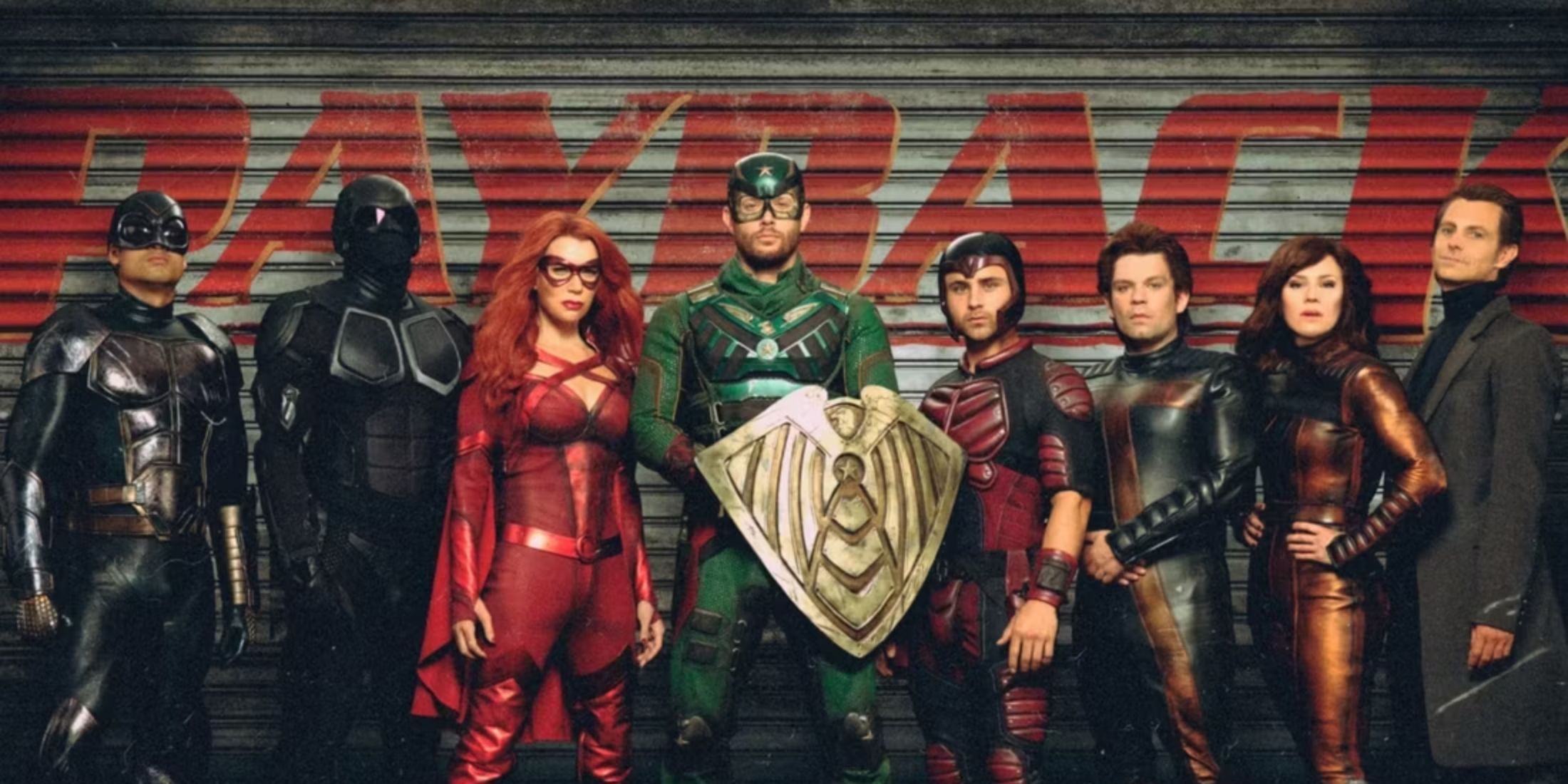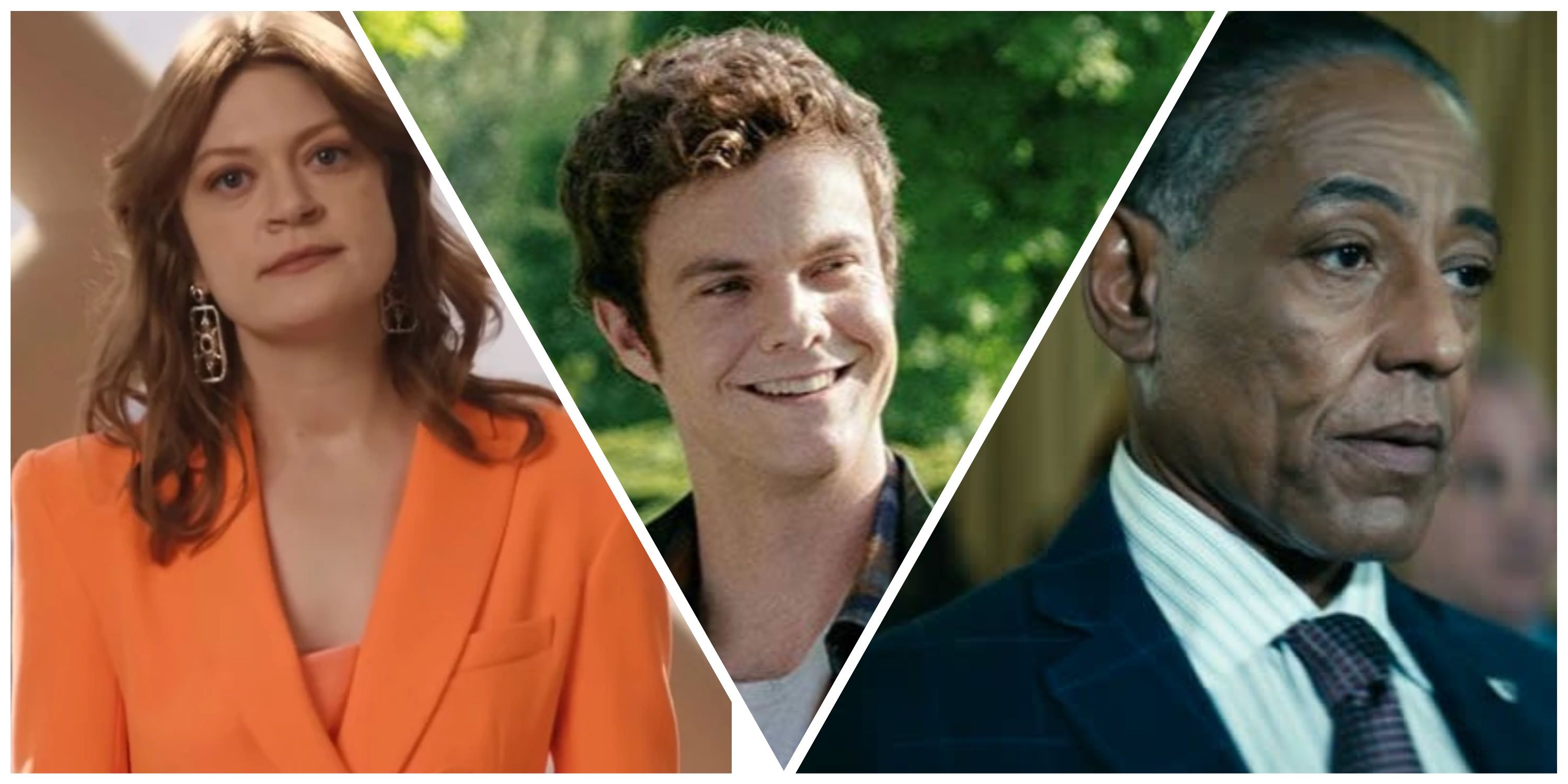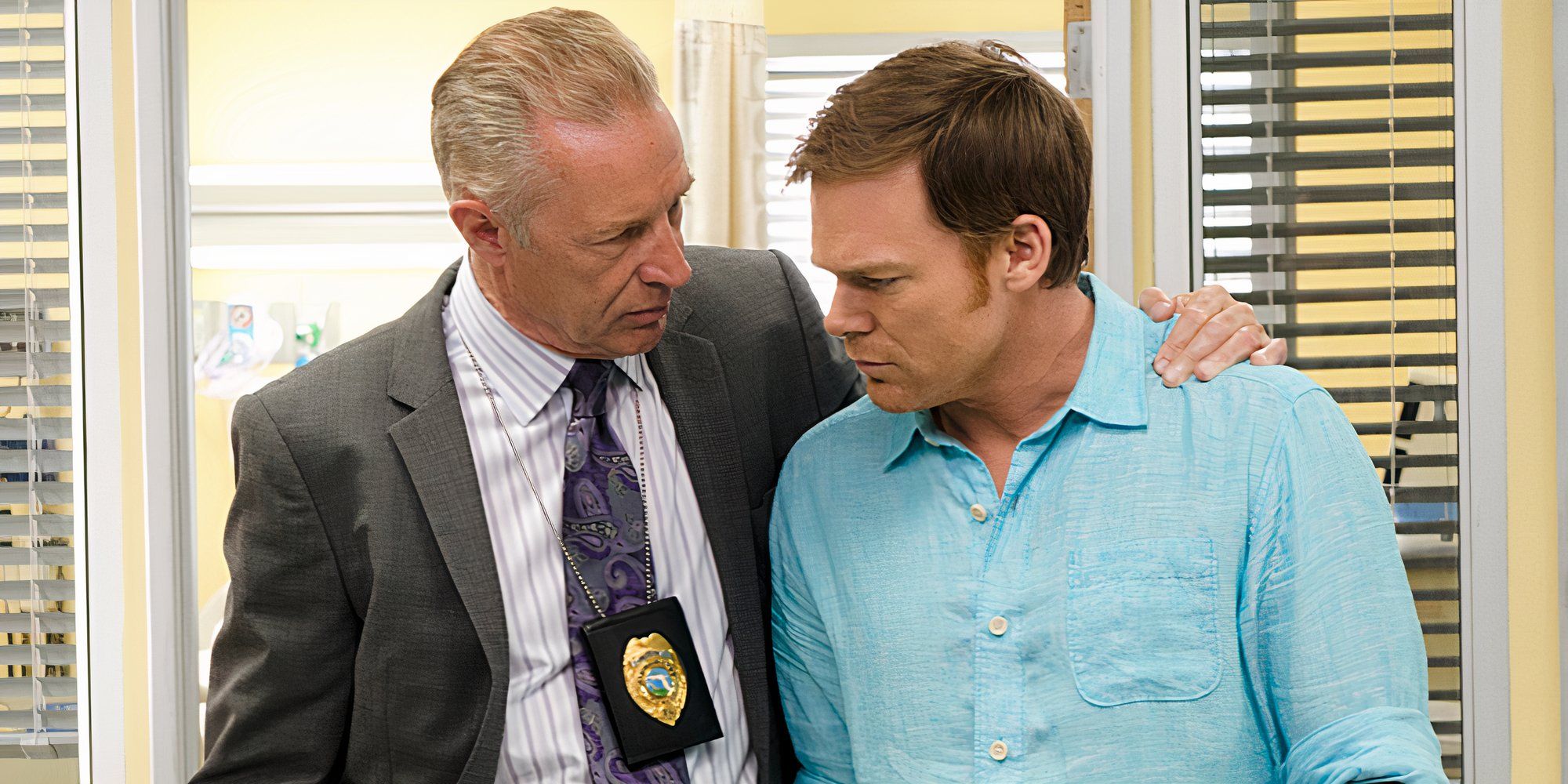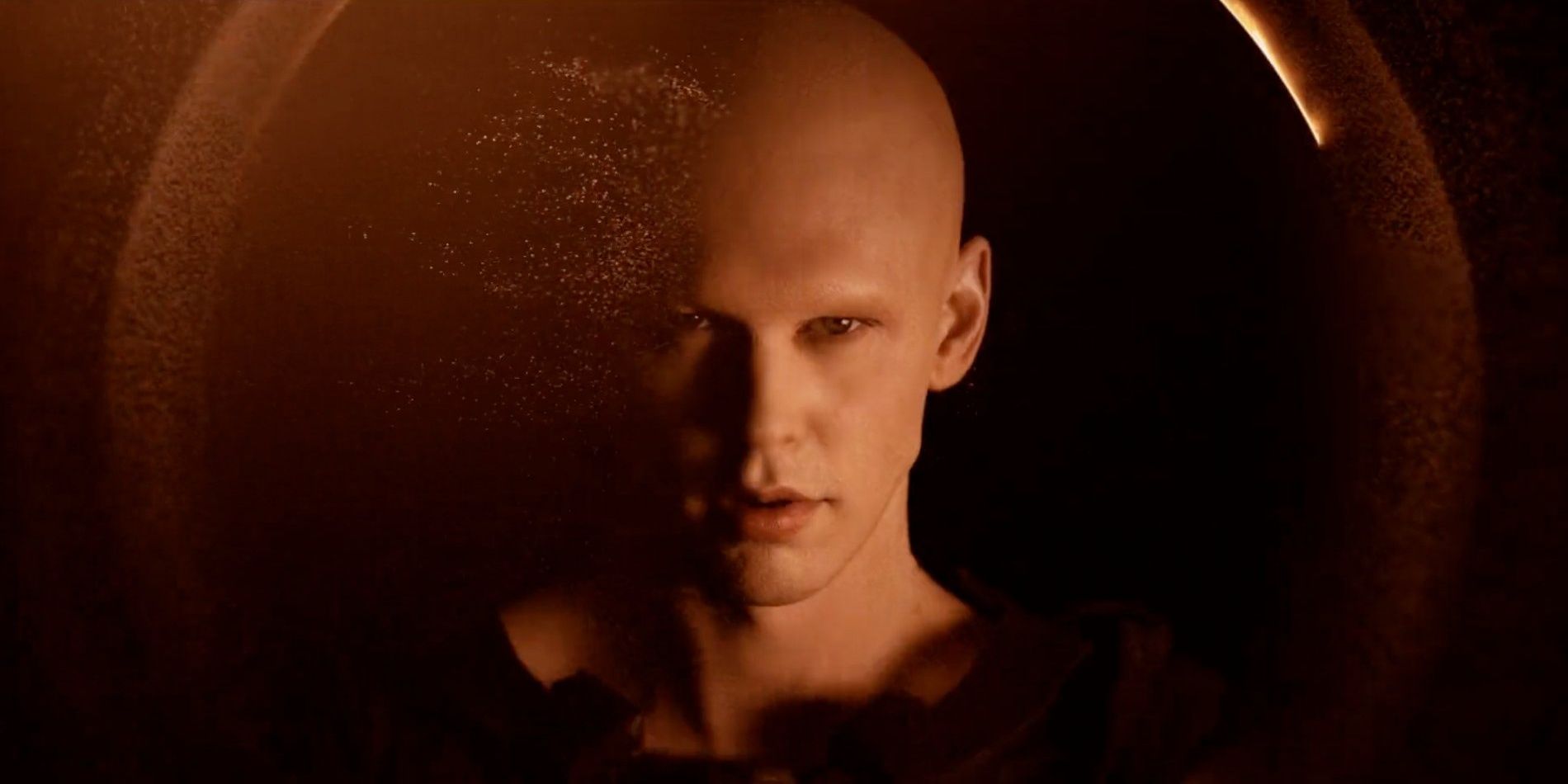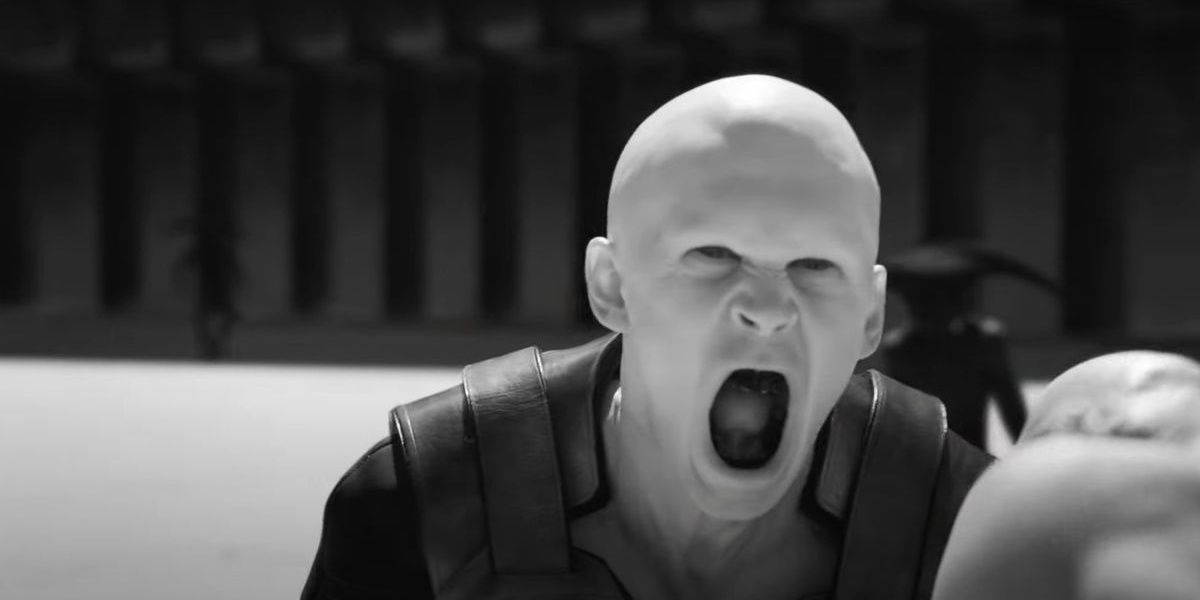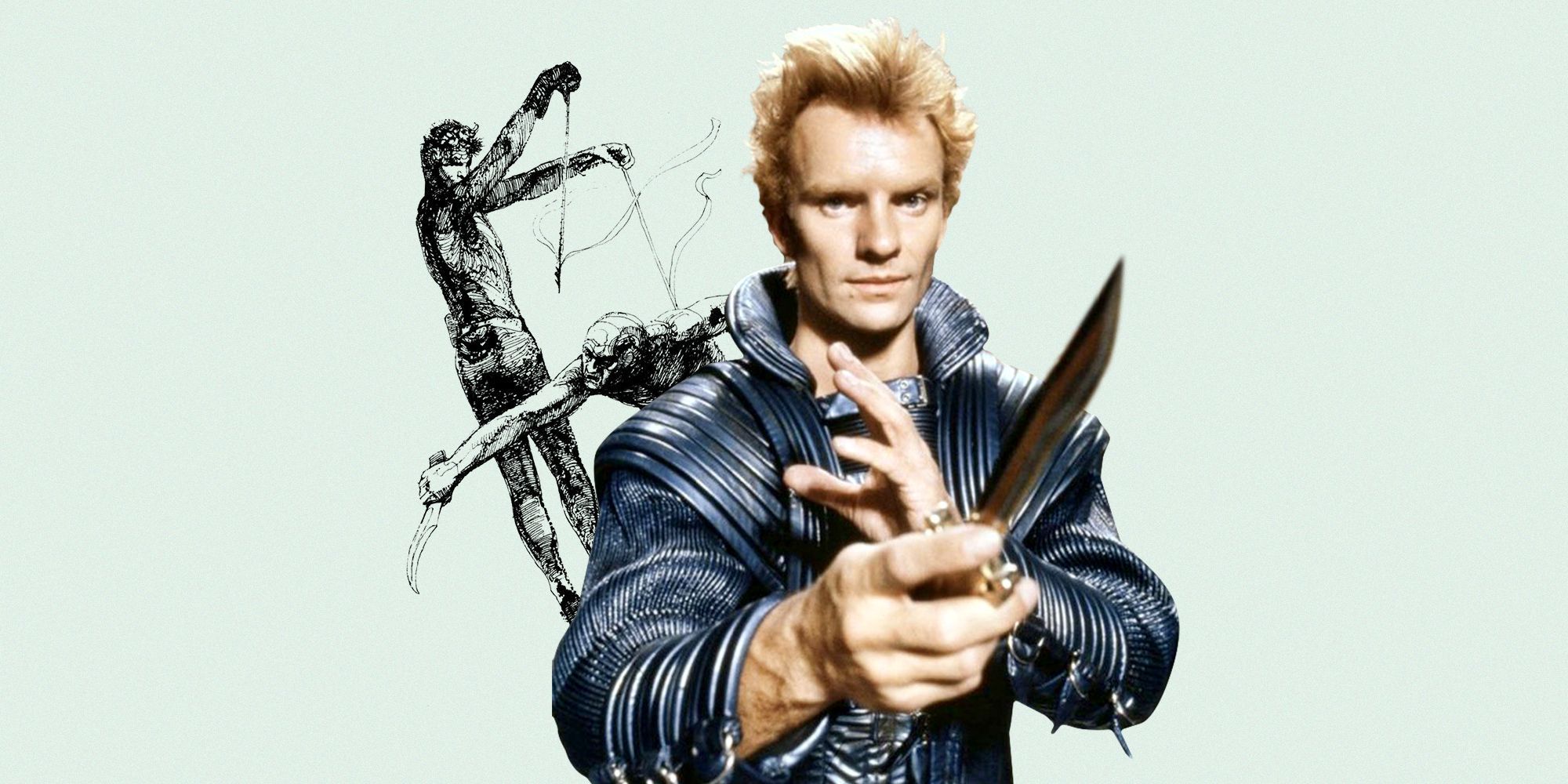For many years, Frank Herbert's Dune has been considered one of the most challenging works of classic science fiction to adapt to the big screen. Denis Villeneuve has simultaneously demonstrated how difficult the project is and how well it can be done. As the second part of his epic adaptation prepares to hit the big screen, a new wave of fans will soon be introduced to the great villain Feyd-Rautha Harkonnen.
Dune follows Paul Atreides, a boy born at the center of multiple towering prophecies. Political power, physical skill, a lifetime of dedicated training, and actual psychic powers are at his disposal as he struggles to avenge his family. There aren't a lot of people who could oppose Paul Atreides, but Feyd-Rautha is ready to try.
Who is Feyd-Rautha Harkonnen?
Siridar-Baron Feyd-Rautha Harkonnen is to House Harkonnen everything that Paul is to House Atreides. He's their best hope for a noble heir worthy of all the power and prestige his name earns. Feyd-Rautha is the second son of Abulurd Rabban, half-brother of Baron Vladimir Harkonnen. This didn't necessarily leave Feyd-Rautha in the direct line of succession. Feyd's older brother Glossu Rabban would have been the typical choice for Baron Harkonnen's heir. Unfortunately, Glossu was a dangerous maniac who couldn't be trusted with power. Baron Harkonnen chose Feyd, eventually changing his surname to Harkonnen and grooming him for the throne. Feyd-Rautha's role in the grand game of Noble Houses is a bit more complicated than his initial bloodline would suggest.
Feyd and Paul were products of the Bene Gesserit's long game of selective breeding. The secretive organization of psychics leading society from the shadows intended to interweave the families to eventually birth the chosen one. The Kwisatz Haderach was meant to be a male heir of the Atreides and Harkonnen families. Paul's mother, Lady Jessica, was meant to give her husband, Duke Leto, a daughter who would eventually wed Feyd-Rautha. Jessica disobeyed them, giving the world its potential Kwisatz Haderach in Paul. This left Feyd something of a loose end. Without his role in the Sisterhood's scheme, Baron Harkonnen intended to marry him off to the daughter of the Emperor to establish a greater base of power. He's a key part of House Harkonnen's plan to gain influence, a master of single combat, and a figure of great importance in the universe. He's a dark mirror of Paul Atreides. He's as cunning and dangerous as his eternal rival, but his only allegiance is to himself.
Every on-screen version of Feyd-Rautha
Since Elvis star Austin Butler will be bringing a new look to the character in Dune: Part Two, it's worth looking back at the previous versions of the character. The film adaptations of Dune have made Feyd a much more memorable character than his appearances on the page. Alejandro Jodorowsky's famous unfinished version of the story would've seen Mick Jagger take on the role. David Lynch maintained the idea of casting a rock star by putting Sting in the role for his 1984 adaptation. Though Sting doesn't act very often, he's one of the most compelling presences in the film. He's a strange casting decision, but his look and attitude in the film captured the imagination of many young fans. The 2000 TV miniseries cast Matt Keeslar in the role. He couldn't capture the same energy as Sting, but he wasn't really trying to.
Many fans have noticed some big differences in the look of Austin Butler's modern take on Feyd-Rautha. Sting's iconic feathered red hair and tan skin weren't present. Instead, the new Feyd is bone white and completely hairless. His new look isn't more accurate to the books. Herbert described him as dark-haired, round-faced, and sullen-eyed in the original novel. His full lips were said to be his family's genetic trademark. Denis Villeneuve's take on the material traded in the entire family's hair for bald white heads. All of House Harkonnen shares pale skin and complete hairlessness. It's a unique visual change, implying some sort of absence of life in this depraved bloodline. Feyd-Rautha probably gets the worst of this visual change, becoming substantially less attractive in the new iteration. Fans imagining Austin Butler in the role were probably a bit disappointed on that level.
Feyd-Rautha isn't the most dangerous villain in the Dune universe, but he's the perfect foil to Paul Atreides. Only someone who has spent their entire life being showered with gifts and opportunities could hope to battle the potential Kwisatz Haderach. Paul has demonstrated his superiority against adult warriors. His regal upbringing and Bene Gesserit training have made him a god among men. How will he fare when he's pitted against a warrior with almost all the same advantages? Fans will be on the edge of their seats awaiting the duel between the fated sons of House Atreides and House Harkonnen when Dune: Part Two hits theaters on November 3rd.

